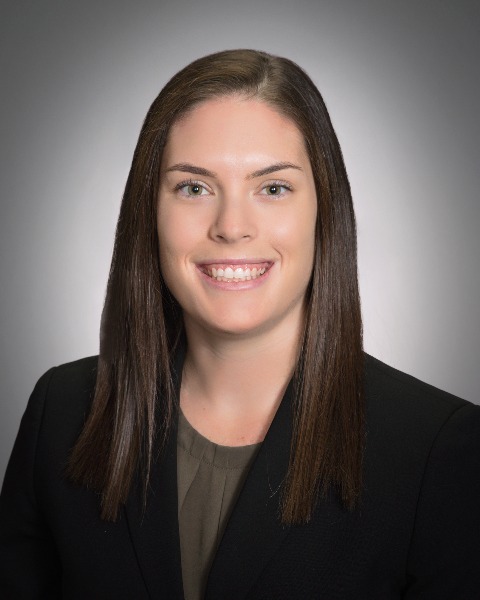Adult Cardiac
Category: Scientific Abstract: Oral/Poster
Valve-Sparing Root Replacement in Patients with Marfan Syndrome: Does Age Matter?
E. Norton1, P. Patel2, D. Levine3, B. Leshnower4, H. Takayama5, E. Chen6
1Emory University, Atlanta, Georgia 2Emory, Atlanta, Georgia 3Columbia University Irving Medical Center, West Orange, New Jersey 4Emory University School of Medicine, Atlanta, Georgia 5Columbia University, New York, New York 6Duke University Medical Center, Durham, North Carolina
1Emory University, Atlanta, Georgia 2Emory, Atlanta, Georgia 3Columbia University Irving Medical Center, West Orange, New Jersey 4Emory University School of Medicine, Atlanta, Georgia 5Columbia University, New York, New York 6Duke University Medical Center, Durham, North Carolina

Elizabeth Norton, MD
Emory University
Atlanta, Georgia, United States
Presenting Author(s)
Disclosure(s):
Elizabeth Norton, MD: No financial relationships to disclose
Purpose: Valve-sparing aortic root replacement(VSRR) has been associated with excellent outcomes for aortic root pathology, especially for patients with connective tissue disease. It has been hypothesized that native valve quality and durability may decrease with age. This study evaluated the impact of age on VSRR outcomes in patients with Marfan Syndrome(MFS).
Methods: From 2004-2021, 780 adult patients underwent VSRR in an academic database, of which 71 (9.1%) patients had MFS. Patients with other connective tissue disorders were excluded. The final cohort was then stratified based on age at time of surgery into < 30 (n=33) and >/=30 (n=38). VSRR was performed using the David V reimplantation technique. The majority of VSRRs were performed with a tailored straight tube graft or Valsalva graft. Operative data were obtained from institutional STS databases and supplemented with medical record review. Follow-up data was further obtained via direct patient and referring cardiologist contact, and survival data was supplemented with the CDC National Death Index. Median follow-up was 5.1 (2.5, 9.7) years.
Results: The median age of patients with MFS undergoing VSRR was 30 (25, 38) years. Preoperative comorbidities, including hypertension, chronic kidney disease, diabetes, and bicuspid aortic valve were similar between age groups. Max aortic diameter at time of surgery (53 vs 52 mm, p=0.07) and aortic insufficiency (AI) (moderate-to-severe, 27%[9/33] vs 24%[9/38], p=0.73) were similar between age groups. Indications were aneurysm (87%[62/71]) and dissection (14%[9/71]) and were similar between groups. Concomitant procedures (ascending, arch, mitral valve) were similar between age groups as were cardiopulmonary bypass and aortic cross-clamp times. Postoperative outcomes were similar between groups. In-hospital mortality was 1.4%[1/71] and similar between groups. Six patients (8.5%) required reoperation for aortic insufficiency a median of 2.3 (1.5, 3.4) years following VSRR and reoperation rates were similar between age < 30 (9.1%[3/33] and >/=30 (7.9%[3/38]) groups (p=1.0). Reoperations included aortic valve replacement (5.6%[4/71]) and redo-root replacement (VSRR: 1.4%[1/71] and Bio-Bentall: 1.4%[1/71]) with a concomitant ascending+hemiarch in 2.8%[2/71]. Age was not a risk factor for reoperation of the aortic valve or proximal aorta (HR=1.01,[95% CI:0.93, 1.08], p=0.88]. Development of moderate-to-severe AI during follow-up (11% [3/33] vs 12% [4/38], p=1.0) and long-term survival (12-year: 100% vs 85%, p=0.11) were similar between age < 30 and >/=30 groups.
Conclusion: Clinical outcomes and valve durability of VSRR in patients with MFS are not impacted by patient age. VSRR remains an acceptable surgical strategy for aortic root pathology and in the setting of appropriate valve anatomy and function should be considered in patients with Marfan syndrome regardless of age.
Identify the source of the funding for this research project: None
